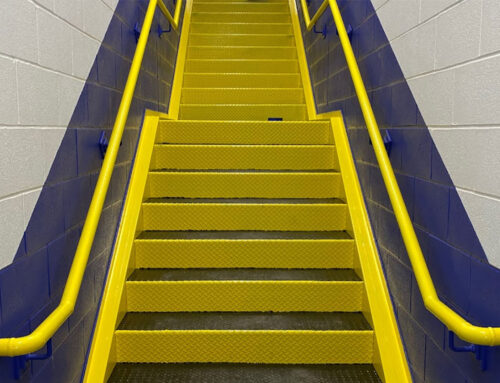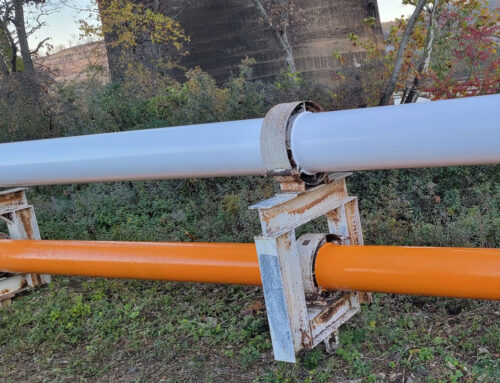Introduction
Pipelines are essential for every company that needs to transport water or other components over long distances. Coating provides a pipe with integrity in its structure, protects the product running inside it, and prevents damage. Coatings create a physical barrier that prevent a metal surface from contacting corrosive elements like salt and water.
If the appropriate coating type is not selected, the pipe will eventually start to rust or corrode, which will weaken the metal and can cause a fracture inside the tube. This fracture can cause the contents—such as water, chemicals, oil, or gas—to leak from the pipe and into the environment, which increases the risk of contamination and may cause substantial financial damage to the company.
Clearly, choosing the right type of protective coating is important in ensuring the longevity and cost-effectiveness of a pipeline. So, what factors must be considered in determining the right coating type for your pipeline?
Product to be Transferred
One factor to consider in coating type is what you intend to transport through the pipelines. The corrosion rate varies depending on the molecular structure of the component transporting through the pipe.
Pipeline interiors also play a critical factor in the smooth transportation of the component. It must be of a grade that can withstand the type of chemical that passes through the pipe. Another challenge that is common among pipelines is the buildup that occurs towards the inner side of the pipe. It can affect the material flow by slowing it down. Oil, natural gas, and water are some common types of products that people use pipelines for.
If the product to be transferred does not suit the coating, the coating may break down and create corrosion throughout the pipeline. It will ultimately damage the pipe and deteriorate its life.
Difference in Corrosion Rates Above and Below Ground Levels
Environment and weather conditions play a critical role in the corrosion rate of the exterior coating.
It is typical for pipelines above the ground to require resistance from rain, UV, and highly humid or freezing temperatures. Additionally, you may choose a pigmented coating with high gloss to enhance the aesthetics of an above ground pipe. However, in contrast, underground pipelines only require corrosion resistance to increase their durability.
Coating Application Methods
Coating applicators must be appropriately trained for a specific coating type. Factors such as coating viscosity will impact how the coating is applied. The application should be smooth and consistent to avoid water or chemical penetration. It will reduce the chances of any potential damage to the pipe. If applicators are properly trained, they will be able to apply a robust and consistent film of coating that will ensure long-term longevity of a pipeline. The best coating type will still be lacking in effectiveness if it is not applied correctly.
No coating method is created equal. Since each coating carries a different formula, there is no one-size-fits-all coating type. The demands of the structure must be considered in determining the right coating method for your application. When doing research, coating manufacturers frequently offer resources online that can assist in determining the right coating type.
Conclusion
The safe transfer of a product is crucial in pipelines. Without appropriate coating, pipelines will not hold up against the natural elements. Unchecked corrosion on pipelines will cause structural failure, which can be dangerous for both the environment and the component flowing through it.
There are many protective coatings available in the market. Each coating type has its advantages and disadvantages. The specific parameters of a pipeline will guide you in your research on coating types. As in most cases, better education leads to better choices. Taking the time to find a coating type that matches your pipeline’s needs will ultimately save costs and keep the world safer.
Ready to Get Started?
Have questions about your project or need a quote? We’ve got someone ready to help you.



